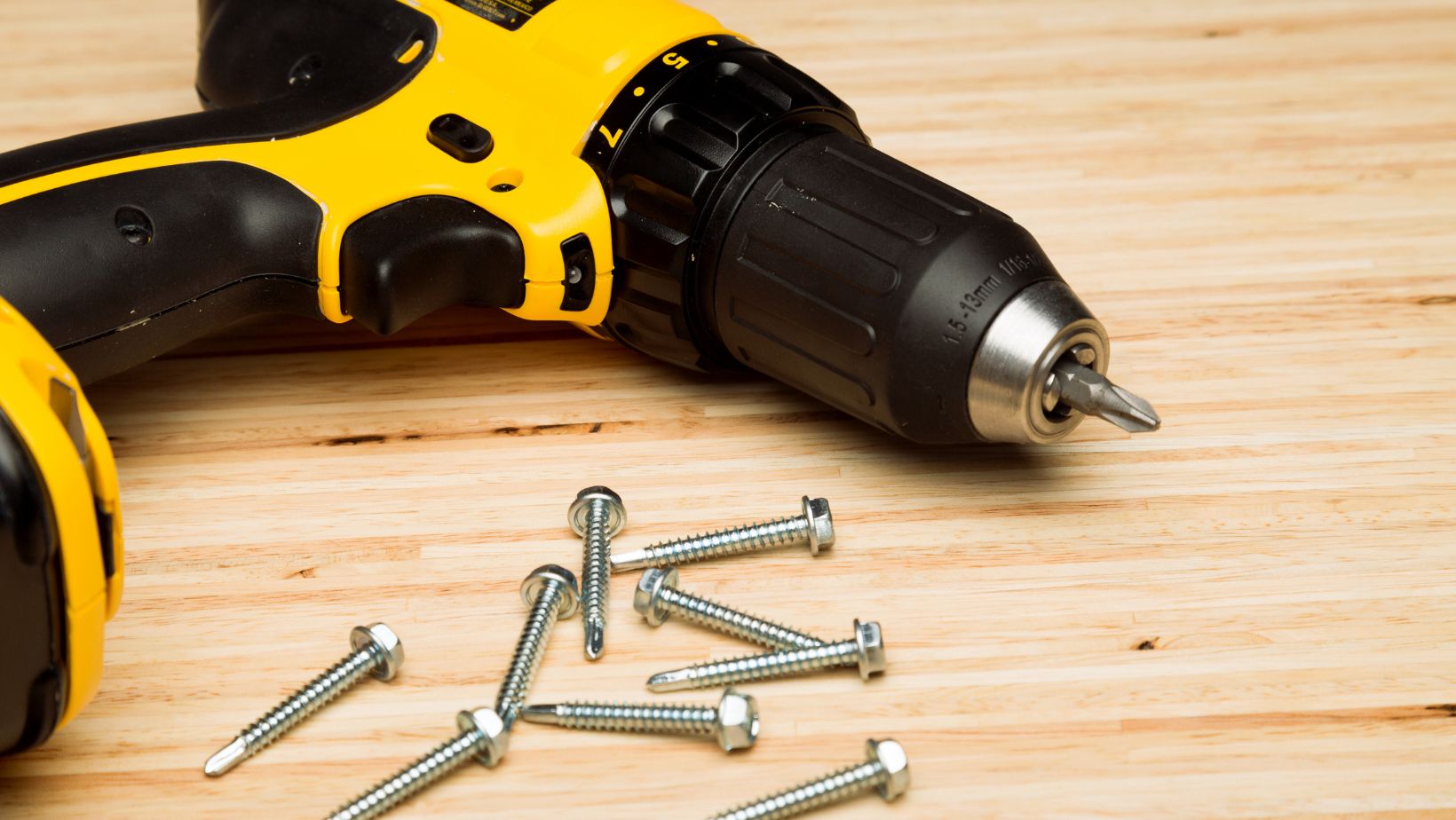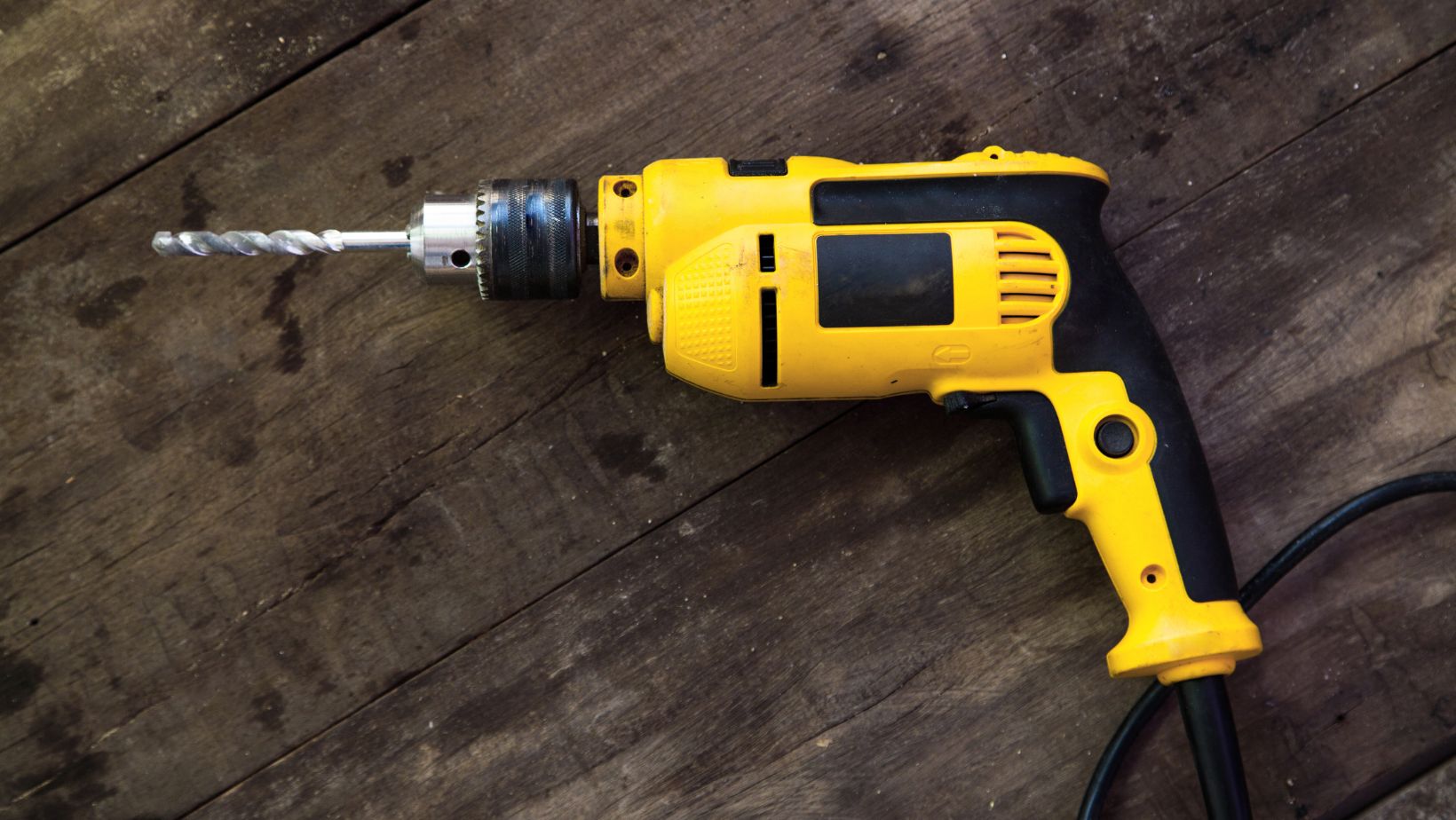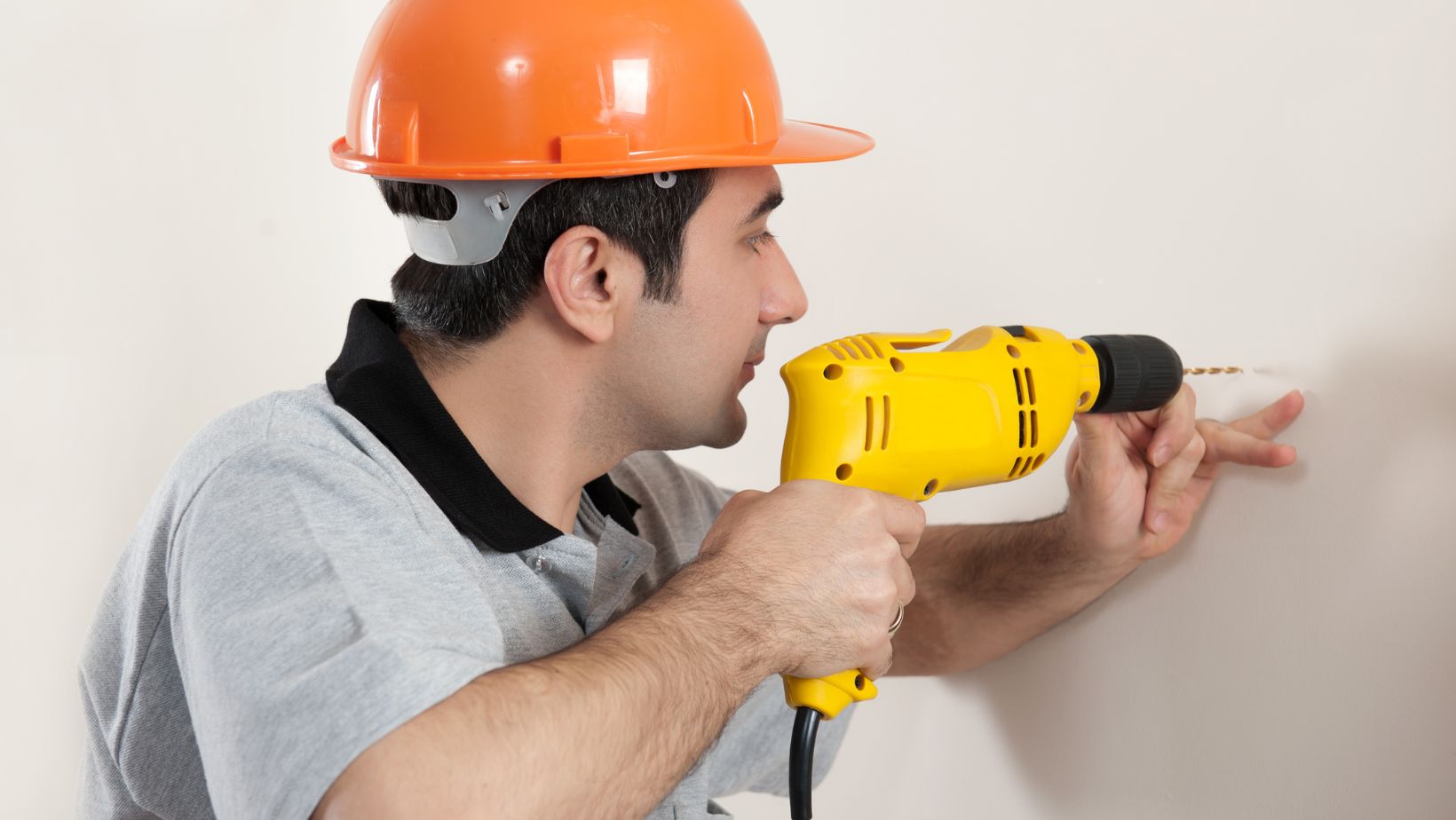
If you’re like most people, you probably have a drill. You also probably have a screwdriver. But what happens when you need to use a drill as a screwdriver?
While it may seem like a good idea at first, there are actually several drawbacks to using a drill as a screwdriver. First of all, it’s much harder to control the drill than it is to control a screwdriver. This means that you’re more likely to damage the item you’re trying to fix.
Additionally, using a drill as a screwdriver can also damage the drill bit. Over time, this can cause the drill bit to become dull and less effective. In short, it’s not worth the risk to use a drill as a screwdriver – stick to using each tool for its intended purpose!
What are The Drawbacks of Using a Drill as a Screwdriver
While a drill can be used as a screwdriver in some situations, there are some drawbacks that you should be aware of. First, drills are designed to spin quickly in order to create holes or drive screws. This means that if you use a drill as a screwdriver, the screw will likely be driven in too quickly and could strip the threads or break the head off entirely.

In addition, the chuck (the part of the drill that holds the drill bit) on most drills is not designed to grip a screw tightly. This can cause the screw to slip out of the chuck while you are trying to drive it, which can damage both the screw and the material you are working with.
For these reasons, it is generally not recommended to use a drill as a screwdriver. If you need to drive screws regularly, it is best to invest in a good quality power screwdriver or cordless drill.
Why is it Not Recommended to Use a Drill as a Screwdriver
It is not recommended to use a drill as a screwdriver because it can damage the drill bit and the workpiece. Additionally, using a drill as a screwdriver can cause the Drill to overheat and break.
What are The Consequences of Using a Drill as a Screwdriver
While a drill can be used as a screwdriver in a pinch, there are some consequences to consider before using this method. First, drills are designed to spin quickly, which can strip the screws you’re trying to drive in. Second, the chuck (the part of the drill that holds the drill bit in place) can damage the head of the screw, making it difficult or impossible to remove the screw in the future. Finally, using a drill as a screwdriver puts extra stress on the drill itself, which can shorten its lifespan.
How can I Avoid Using a Drill as a Screwdriver
Although it may be tempting to use a drill as a screwdriver, there are some drawbacks that you should be aware of. First, drills are not as accurate as screwdrivers, so you may strip the head of the screw or damage the surrounding area. Second, drills can generate a lot of heat, which can damage the screw or the material you are working with. Finally, using a drill as a screwdriver can be dangerous if you are not careful. Make sure that you have a firm grip on the drill and that you are wearing proper safety gear before using it as a screwdriver.
Are There Any Alternatives to Using a Drill as a Screwdriver
Yes, there are alternatives to using a drill as a screwdriver. A power screwdriver is a tool that can be used to drive screws into various materials. Power screwdrivers come in cordless and corded models.
What are The Benefits of Using a Drill as a Screwdriver
A drill can be a very versatile tool, and one of the most popular uses for a drill is as a screwdriver. Drills are especially useful for driving screws into hard-to-reach places or for driving screws that require a lot of torque. However, there are also some potential drawbacks to using a drill as a screwdriver.

One potential drawback is that it can be easy to strip the head of the screw if you are not careful. Another potential problem is that the drill bit can slip out of the screw head, which can damage the surface around the screw. Finally, if you are using a cordless drill, the battery might not have enough power to drive all of the screws before it needs to be recharged.
Can i Use a Drill as a Screwdriver
In order to use a drill as a screwdriver safely, you will need to make sure that the drill is set to the correct speed. If the drill is set too high, it can cause the screw to strip. To avoid stripping the screw, use a lower speed setting and apply light pressure.
What are The Tips for Using a Drill as a Screwdriver
You can use a drill as a screwdriver in a pinch, but it’s not the ideal tool for the job. For one thing, drills are designed to spin at a high speed, which can cause the screw to strip. Additionally, the drill’s weight and size can make it difficult to control, making it more likely that you’ll damage the item you’re trying to screw in. If you do need to use a drill as a screwdriver, be sure to use a lower speed setting and go slowly to avoid stripping the screws.

